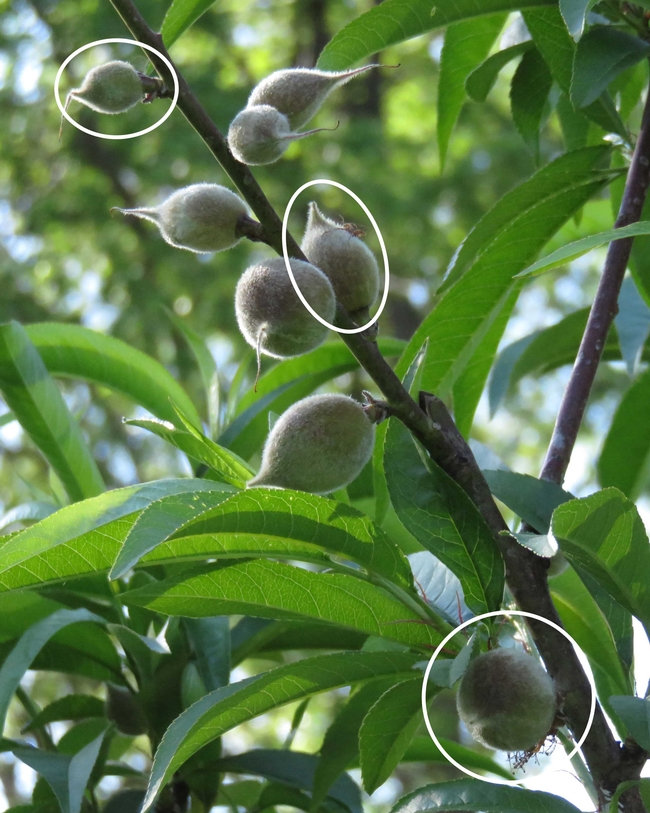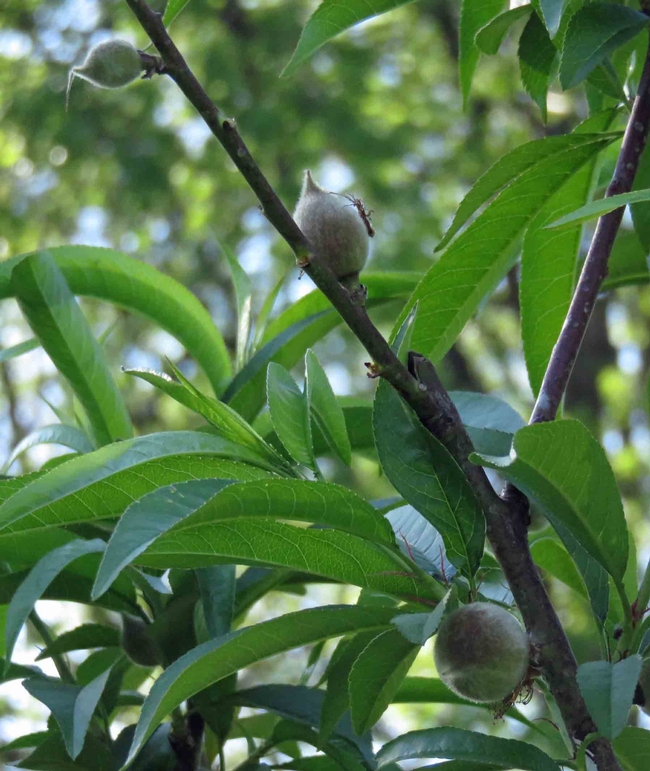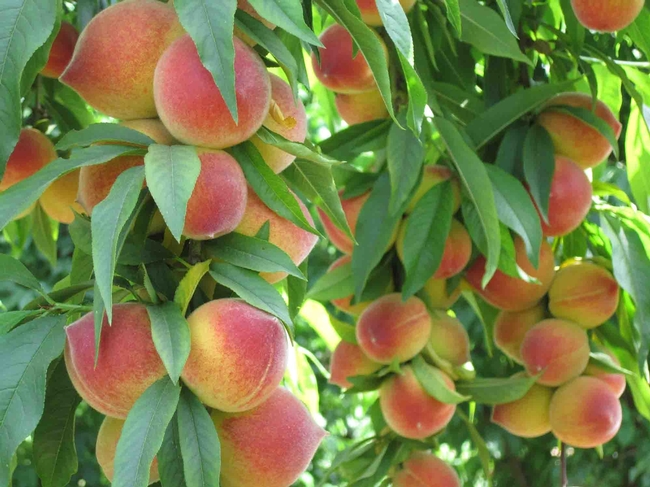- Author: Ed Perry

When you remove young fruit from a limb, the remaining fruits benefit from the reduced competition for mineral nutrients, light, water and plant foods produced by the leaves. By thinning early, you also increase shoot and leaf growth. This results in extra leaves that produce more sugars and other materials necessary for sizing the remaining fruits. Thinning also helps prevent limb breakage caused by heavy crops.
You already thin fruit when you prune your trees, since nearly every pruning cut removes some flower buds. In fact, pruning is the only practical way of thinning cherries and nut crops. However, it is still necessary to hand thin stone fruits such as apricots, nectarines, peaches and plums and pome fruits such as apples and Asian pears. Species that rarely need hand thinning are almonds, avocados, bushberries (such as Boysenberries), cherries, citrus, European pears (such as Bartlett), pistachios and persimmons.
How much to thin depends upon the tree species. With peaches and nectarines, it's important to make room on the branches for each fruit to grow to 2-1/2 to 3 inches in diameter. Thin by pulling off 3/4 to 1-inch long fruit in April and May, leaving one fruit every 6 inches. This results in more fruit on the ground than on the tree, but it's important to produce large, flavorful fruit and to minimize limb breakage.

While it's best to thin early in the season, it is never too late to do some thinning where trees are having difficulty sizing the crop. Removing small fruit from overloaded trees, even shortly before harvest, will pay off in larger average fruit sizes.
Grape varieties such as Thompson seedless may also benefit from fruit thinning. Removing entire clusters after the berries have set helps to enlarge the berries on the remaining clusters. Remove undersized or misshapen clusters first.
Ed Perry is the emeritus Environmental Horticultural Advisor for University of California Cooperative Extension (UCCE) in Stanislaus County where he worked for over 30 years.

